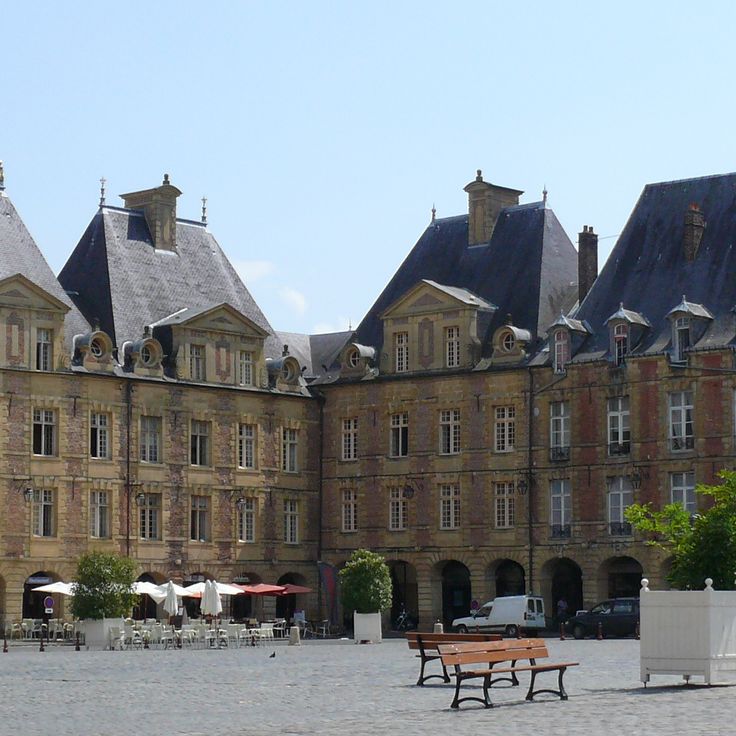The Grand Est displays a rich architectural and military heritage, from fortified structures like the Fort of Mutzig and the La Ferté ouvrage on the Maginot Line, to princely residences such as Château de Lunéville with its French gardens. The region also preserves religious sites like the Abbey of Sturzelbronn in the Vosges forests and the Jesuit College in Reims, founded in the early 17th century. Urban centers feature notable architectural complexes: the Kammerzell House in Strasbourg exemplifies 15th-century Alsatian half-timbered construction, while the Ducal Square in Charleville-Mézières reflects Renaissance urban planning. The Humanist Library in Sélestat holds over 150 medieval manuscripts and ancient books. Technical sites like the old Chappe telegraph tower in Saverne recall early communication history before the electric era. Historic parks, including that of Château de Pange with geometric gardens and stone bridges, offer pathways through centuries of landscape design.
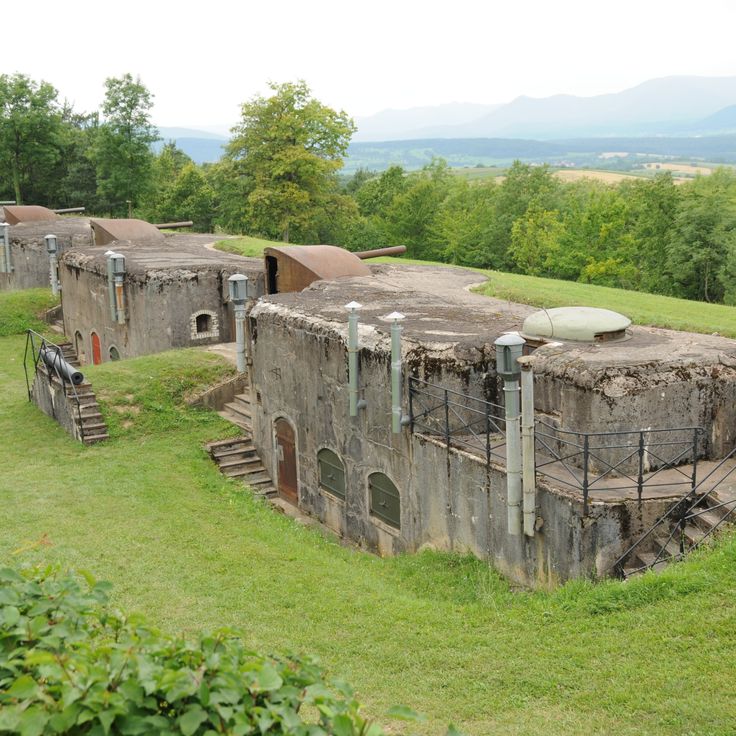
Mutzig, France
Fort de Mutzig was built between 1893 and 1916 on a hill west of Strasbourg and formed part of the German fortification system in Alsace. This military complex covers several hectares and contains an extensive network of underground passages, casemates, artillery positions, and supply rooms. The fort could house up to 7,000 soldiers and had its own water and electricity supply as well as medical facilities.
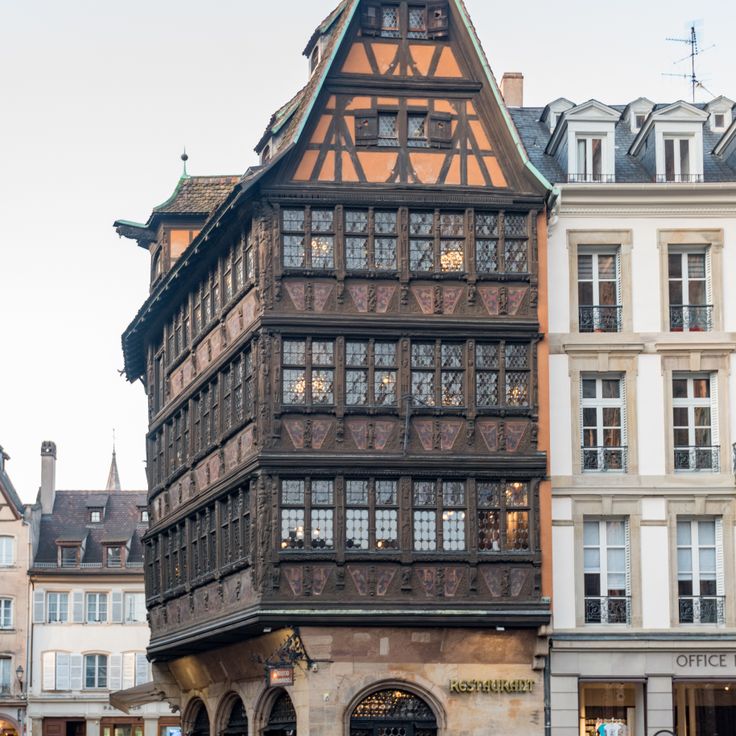
Strasbourg, France
Maison Kammerzell was built in 1427 and stands directly next to Strasbourg Cathedral on Place de la Cathédrale. The facade displays typical Alsatian timber framing with elaborately carved wooden figures depicting biblical scenes, mythological characters and craftsmen. The ground floor made of stone dates from the 15th century, while the upper floors were added in the 16th century. The building now houses a restaurant and is considered one of the finest timber-framed houses in Alsace.
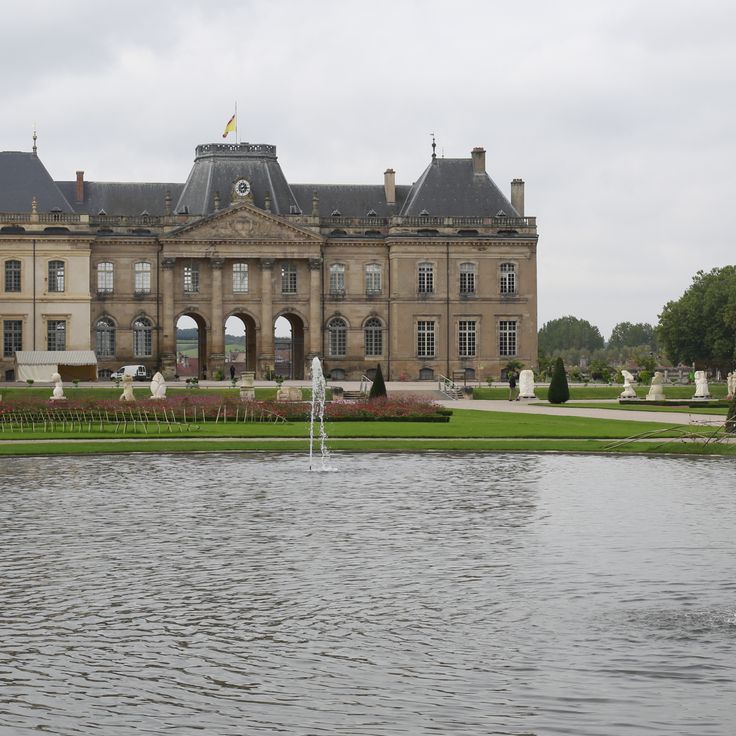
Lunéville, France
The Château de Lunéville was built in the 18th century in Baroque style and served as the residence of the Dukes of Lorraine. The building features geometrically designed gardens in the French manner and now houses a museum that documents the history and culture of the Lorraine region.
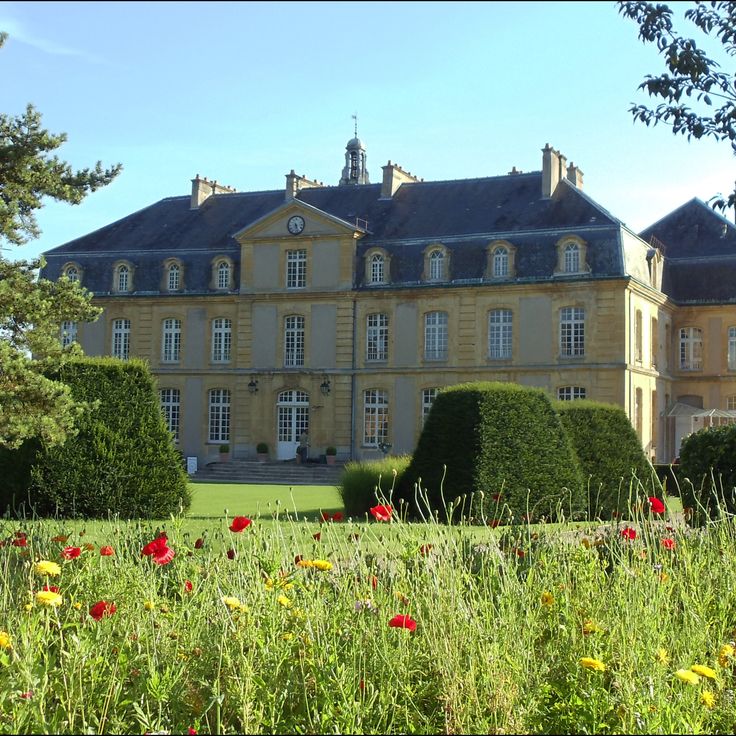
Pange, France
The Castle of Pange features a park with geometrically designed gardens in the French style, several centuries-old trees and a river crossed by a historic stone bridge. The estate combines classical garden architecture with natural elements and offers various walking paths along the watercourse.
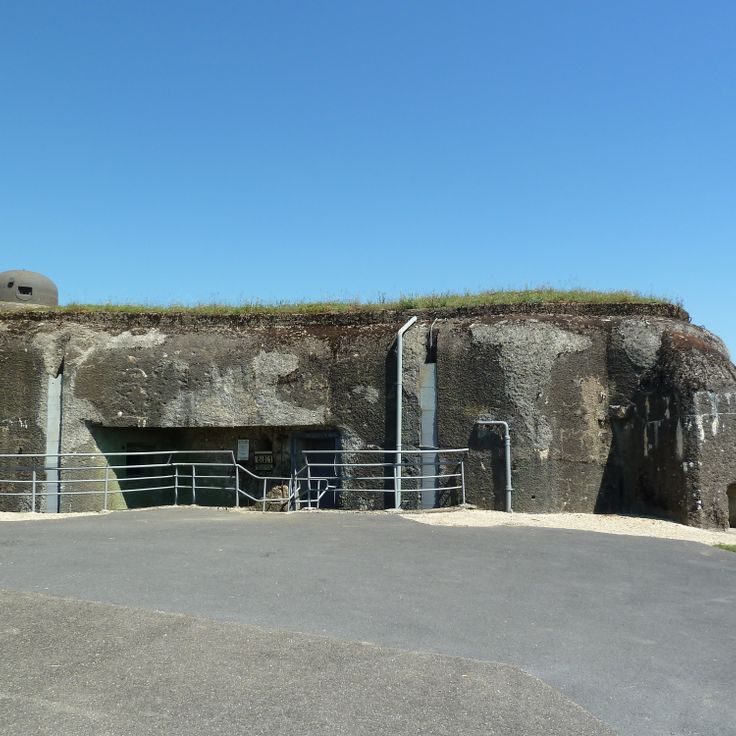
Villy-La Ferté, France
This military installation of the Maginot Line was built in 1940 and served to defend the French border.
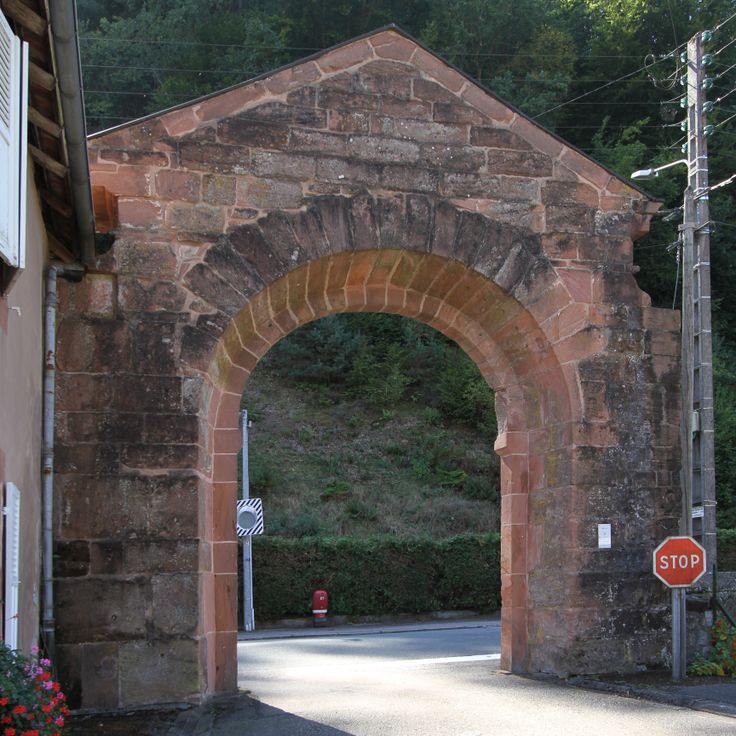
Sturzelbronn, France
The remains of this 12th-century monastery stand in the forest. The main building was destroyed during the Revolution.
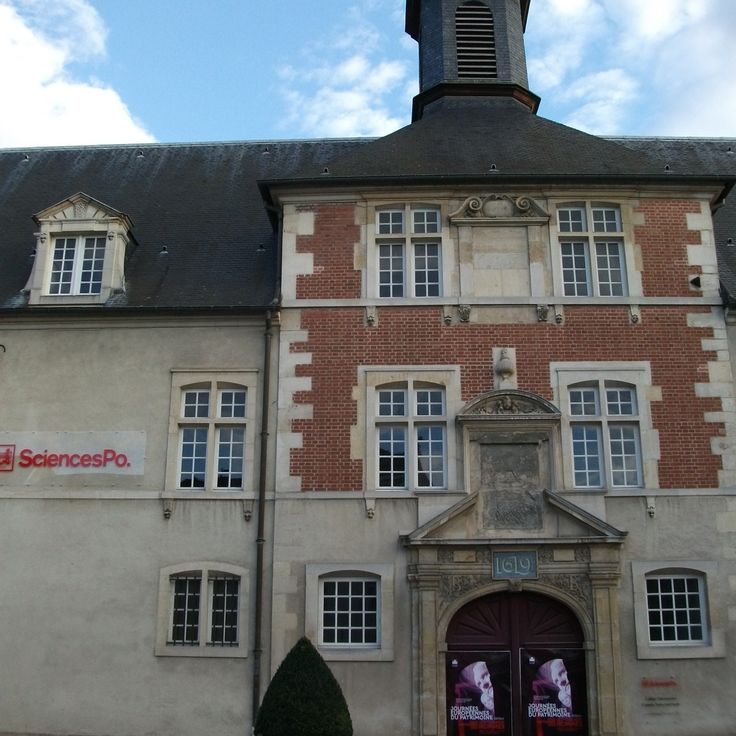
Reims, France
The educational institution founded in 1606 displays classical architecture. The courtyard contains geometric gardens with stone fountains.
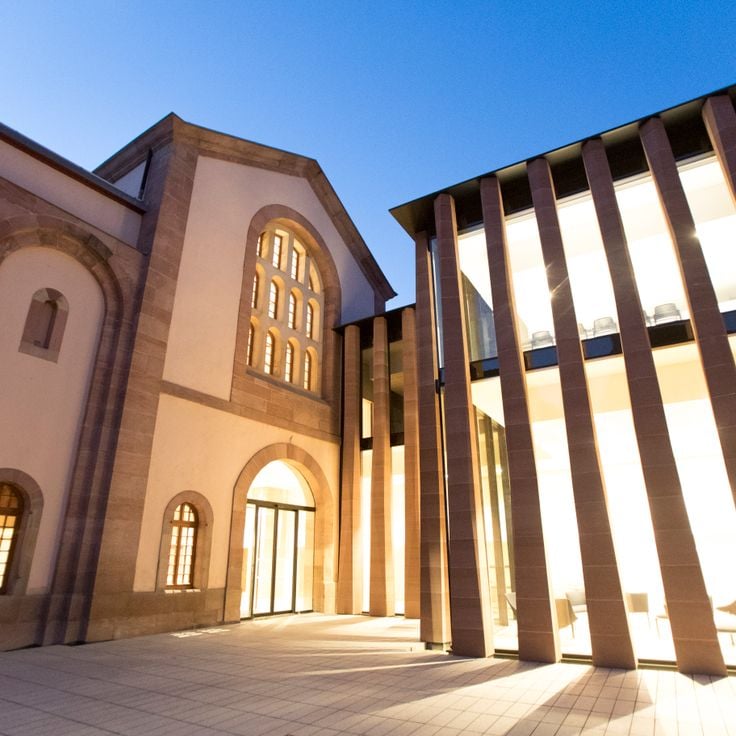
Sélestat, France
This library contains 154 medieval manuscripts and 550 printed works from the 15th century, secured in climate-controlled rooms.

Saverne, France
The 18th century telegraph tower demonstrates an optical communication system using mechanical signal arms to transmit messages.
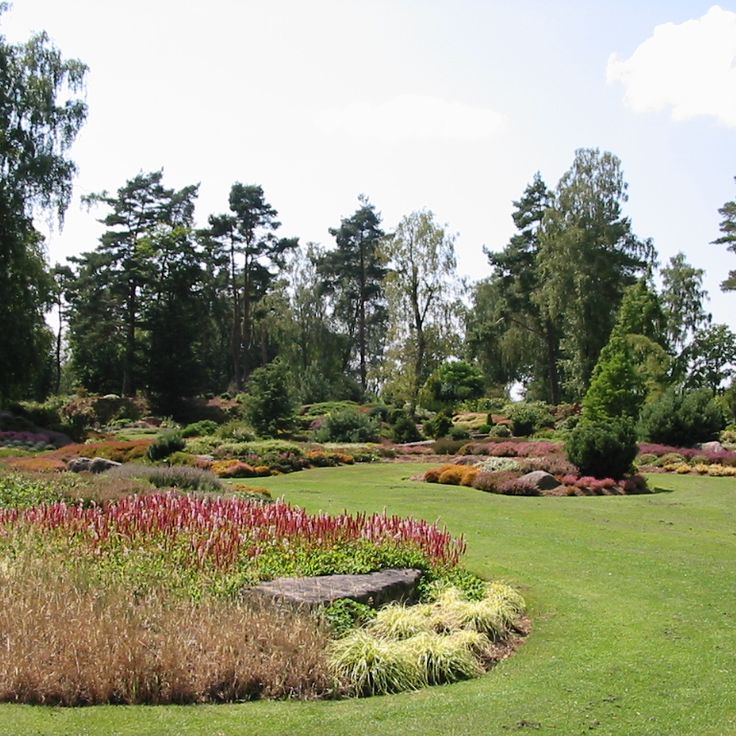
Ban-de-Sapt, France
The garden contains over 150 species of heather in various colors, arranged in themed beds with stone elements.

Autrey, France
This garden presents a collection of 2500 plant species, including rare alpine plants and a large selection of aquatic vegetation.
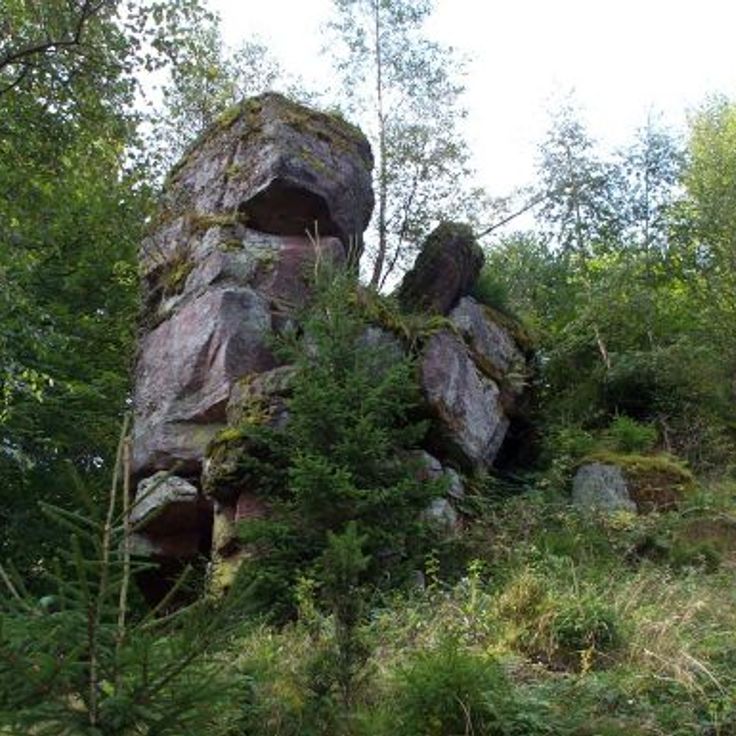
La Broque, France
The medieval castle from the 13th century stands at 800 meters altitude and offers views over the Bruche Valley.
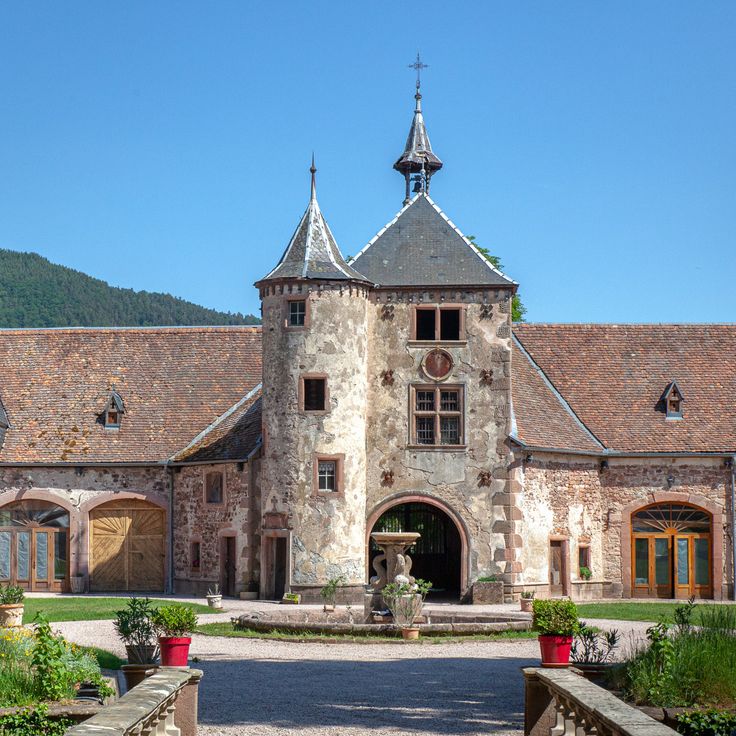
Thanvillé, France
The 16th century Renaissance building features symmetrical gardens and an inner courtyard with arcades.
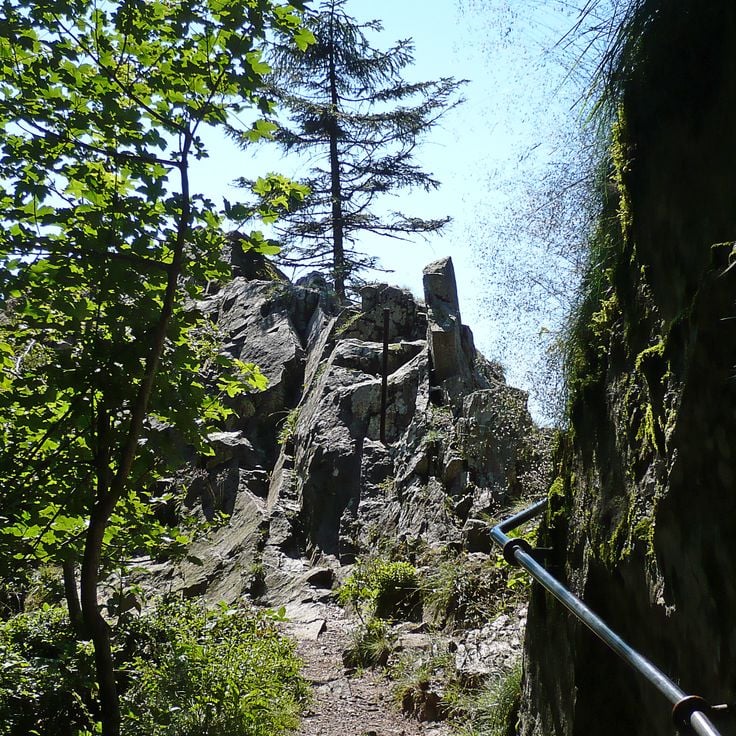
La Schlucht, France
The mountain path crosses granite rocks through the Vosges at 1000 meters altitude with views over the Munster Valley.
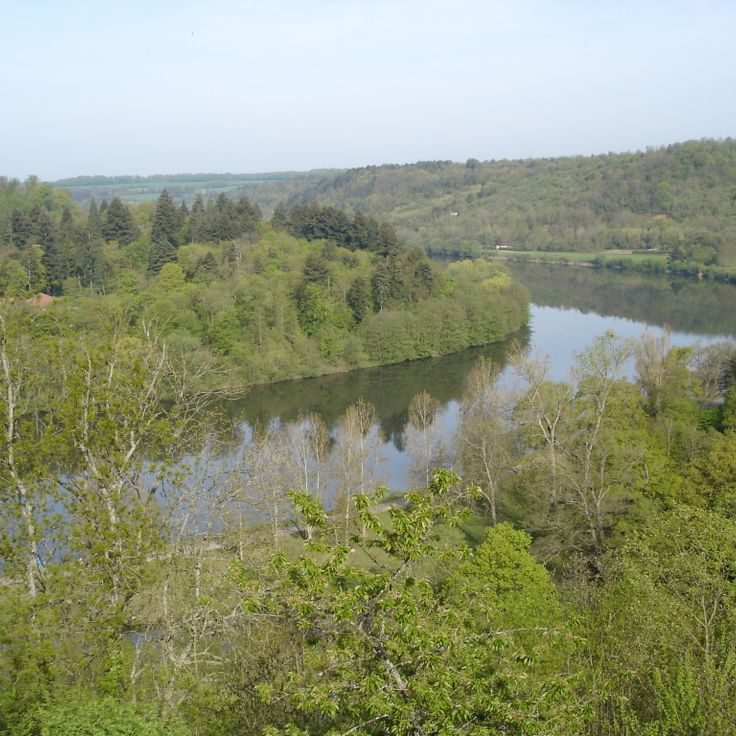
Liverdun, France
The river forms a natural loop around the town built on a limestone rock with medieval fortifications.

Sarrebourg, France
The museum displays archaeological finds from the region and houses the stained glass window 'Peace' by Marc Chagall.
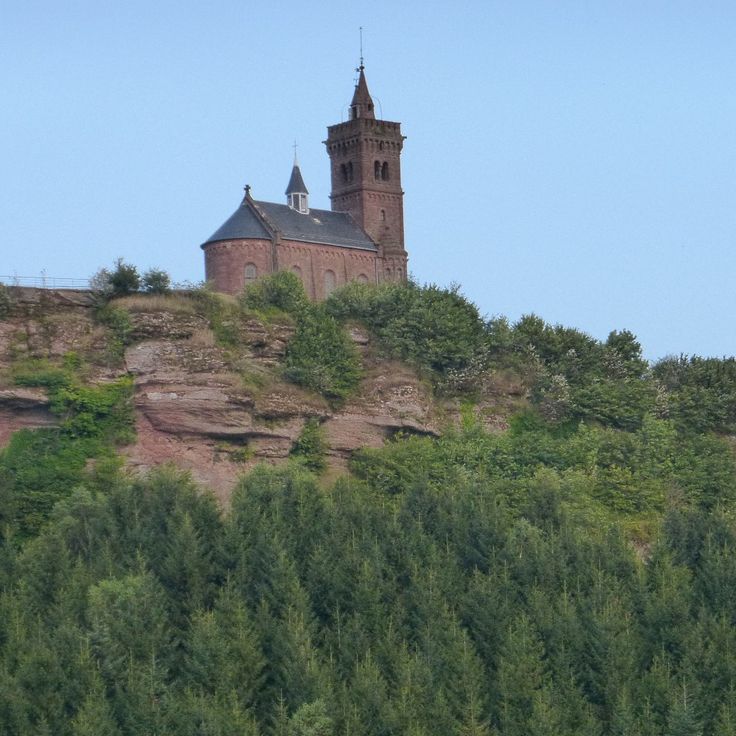
Dabo, France
This sandstone formation rises 664 meters and features a Romanesque chapel with views across the Vosges mountains.

Husseren-Wesserling, France
The Parc de Wesserling occupies the grounds of an 18th-century cloth printing factory. The site includes four themed gardens, a textile museum documenting the factory's history, and several exhibition spaces housed in the restored industrial buildings. The complex preserves the manufacturing heritage of the Vosges valley.

Wingen-sur-Moder, France
The museum displays over 650 glass objects by René Lalique and his successors, including jewelry, vases and car mascots.
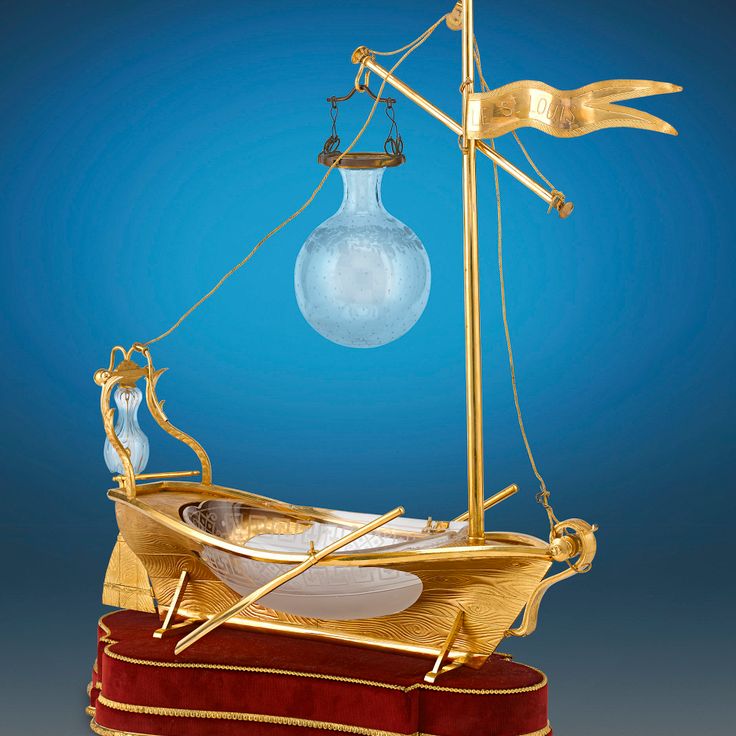
Saint-Louis-lès-Bitche, France
The museum presents the history of crystal manufacturing since 1586 with a collection of vases, chandeliers and tableware.
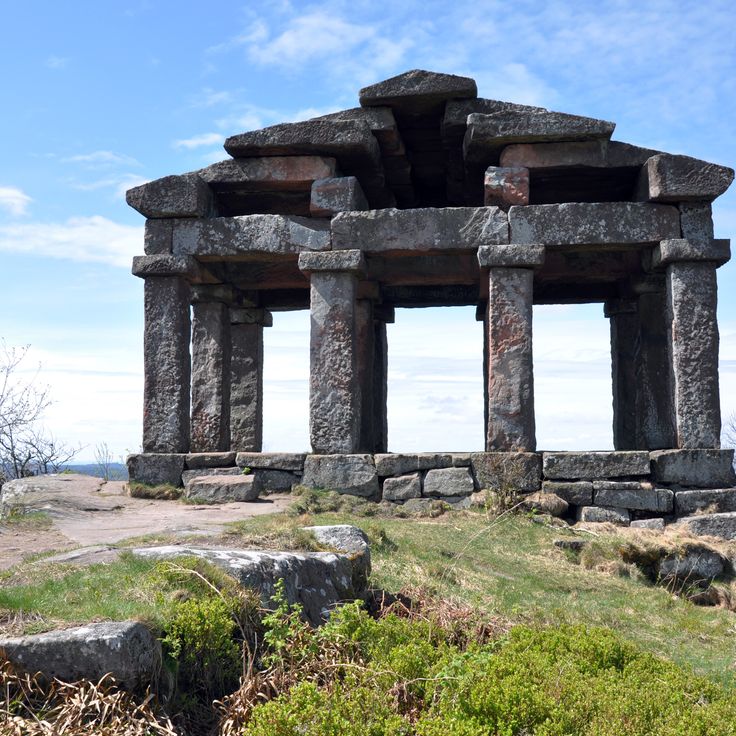
Donon, France
The Temple of Donon is a Gallo-Roman sanctuary built on the summit of the mountain of the same name in the Vosges. The site dates back to ancient times and has been reconstructed several times, most recently in the 19th century. From this elevated location, views extend across the forested hills and valleys of the region. The archaeological remains demonstrate the religious importance of this place during the Gallo-Roman period.
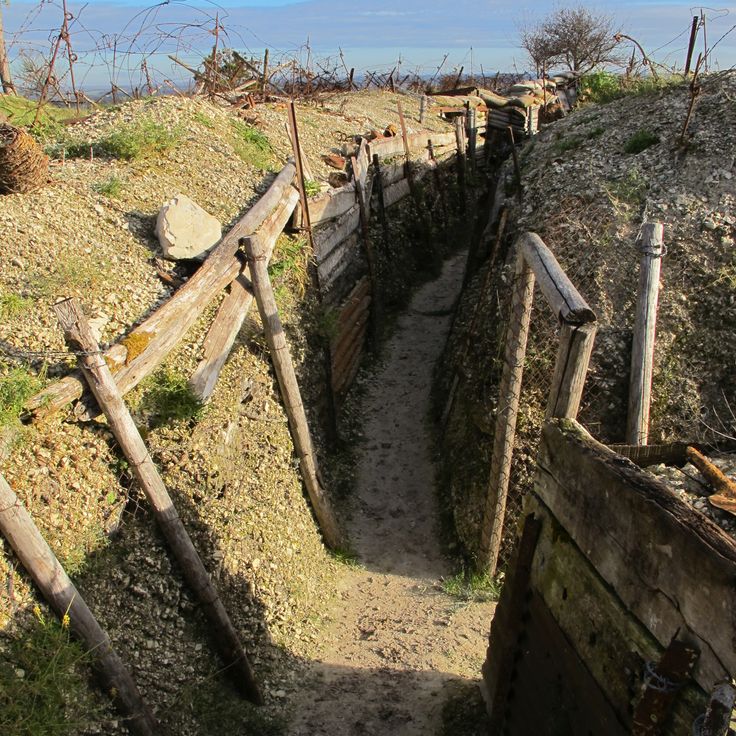
Massiges, France
La Main de Massiges is a preserved First World War battlefield located in the Champagne region. This terrain formation owes its name to the hand-shaped arrangement of five hilltops that French troops defended against German attacks between 1914 and 1915. The site retains trenches, bunkers and shell craters that document the fierce combat. La Main de Massiges now serves as a memorial and historical documentation center for the attritional warfare of the First World War.
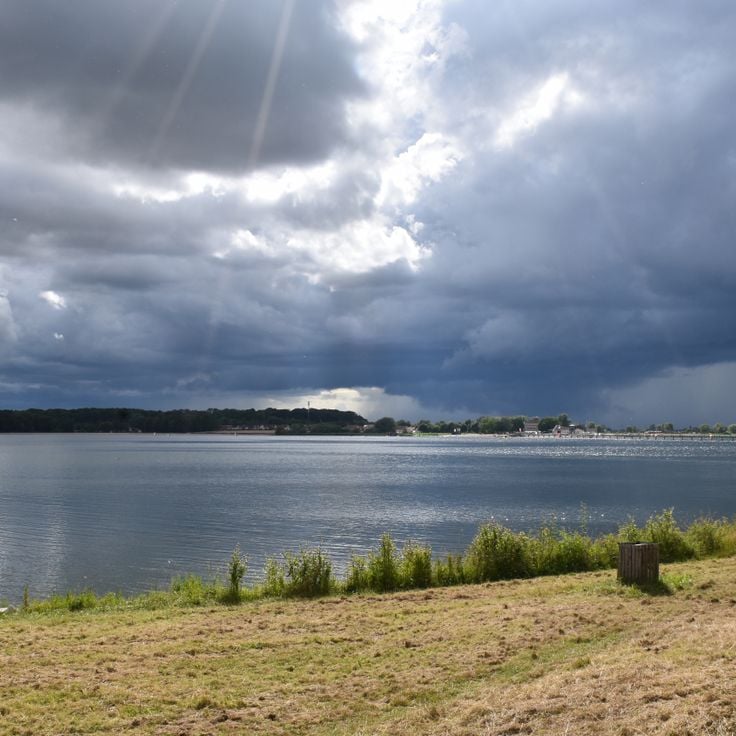
Saint-Dizier, France
One of Europe's largest artificial lakes, known for its bird watching and scenic views.
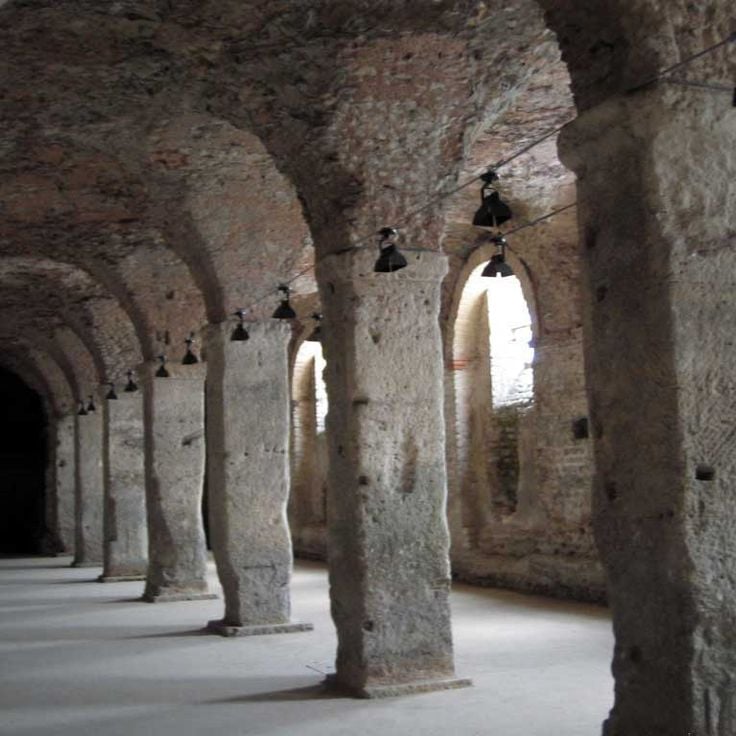
Reims, France
The Cryptoportique de Reims is an underground gallery from the 3rd century AD, located beneath the current Place du Forum. This Roman construction consists of semi-subterranean vaulted spaces that served as foundations for the ancient forum of the city of Durocortorum. The structure comprises four parallel galleries with massive pillars and barrel vaults. This archaeological complex provides understanding of the urban organization of the Gallo-Roman metropolis and its monumental architecture.
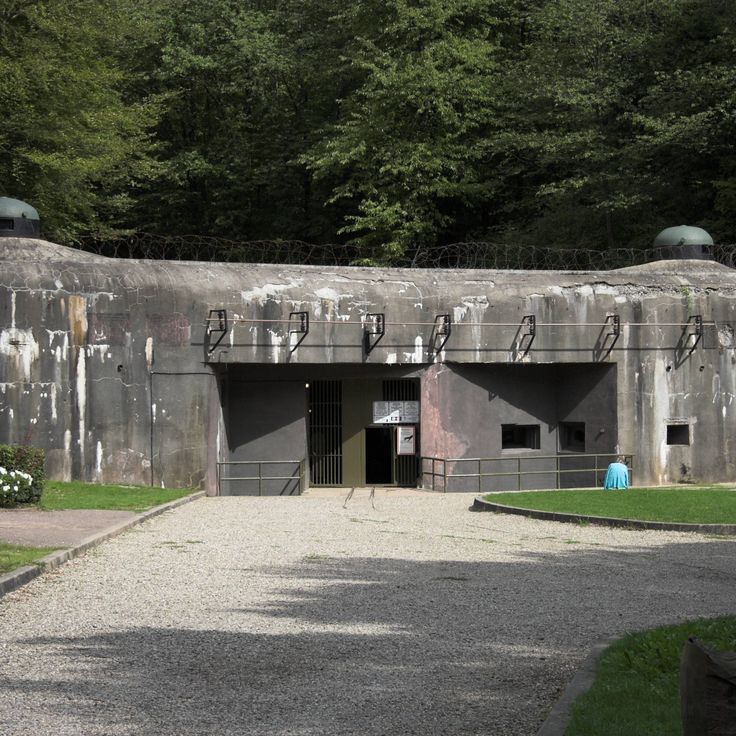
Hunspach, France
This 1930s military installation of the Maginot Line features original artillery equipment and underground galleries.
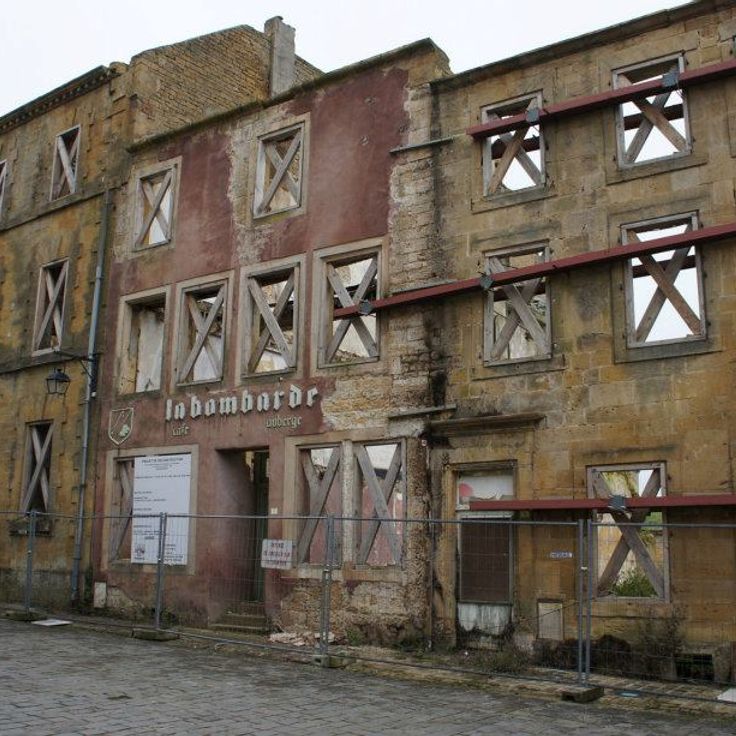
Orval, France
The abbey was founded in the 12th century and has produced its renowned beer using traditional methods since 1931.

Rhodes, France
The park houses 100 animal species across 120 hectares featuring wolves, bears and bison in natural enclosures.
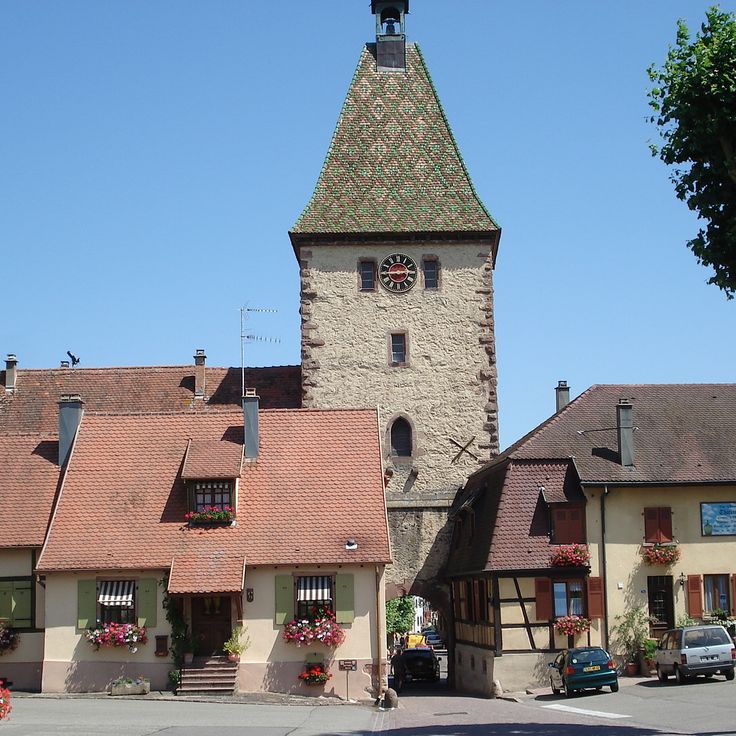
Bergheim, France
The fortified village features stone ramparts from the Middle Ages, traditional Alsatian houses with wooden beams, and narrow cobblestone streets.

Haraucourt, France
The museum presents the technical process of salt extraction, displays historical tools, and explains salt trade routes through the region since Roman times.

Tendon, France
The water drops 32 meters over granite rocks. The site includes multiple observation points and marked hiking trails through the surrounding forest.
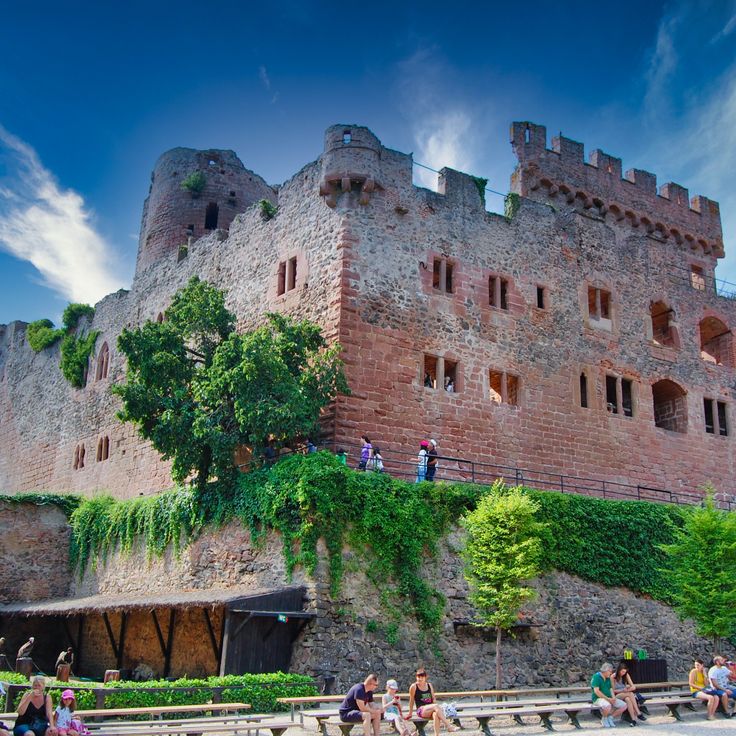
Kintzheim, France
The 13th-century stone fortress stands on a hill. It houses a raptor center where eagles, falcons and vultures fly during demonstrations.
